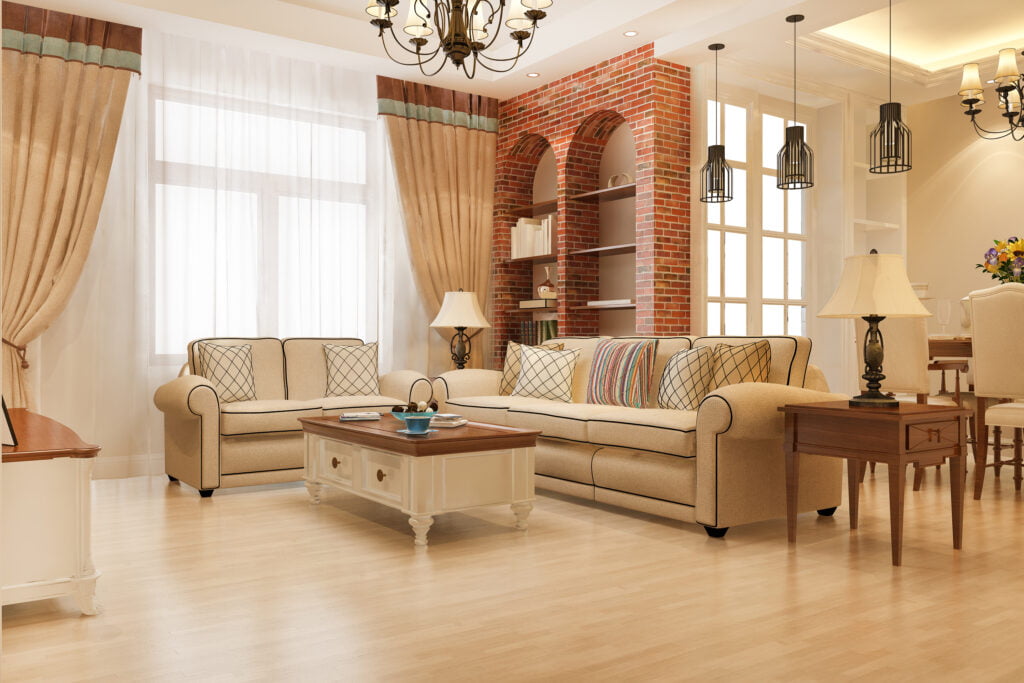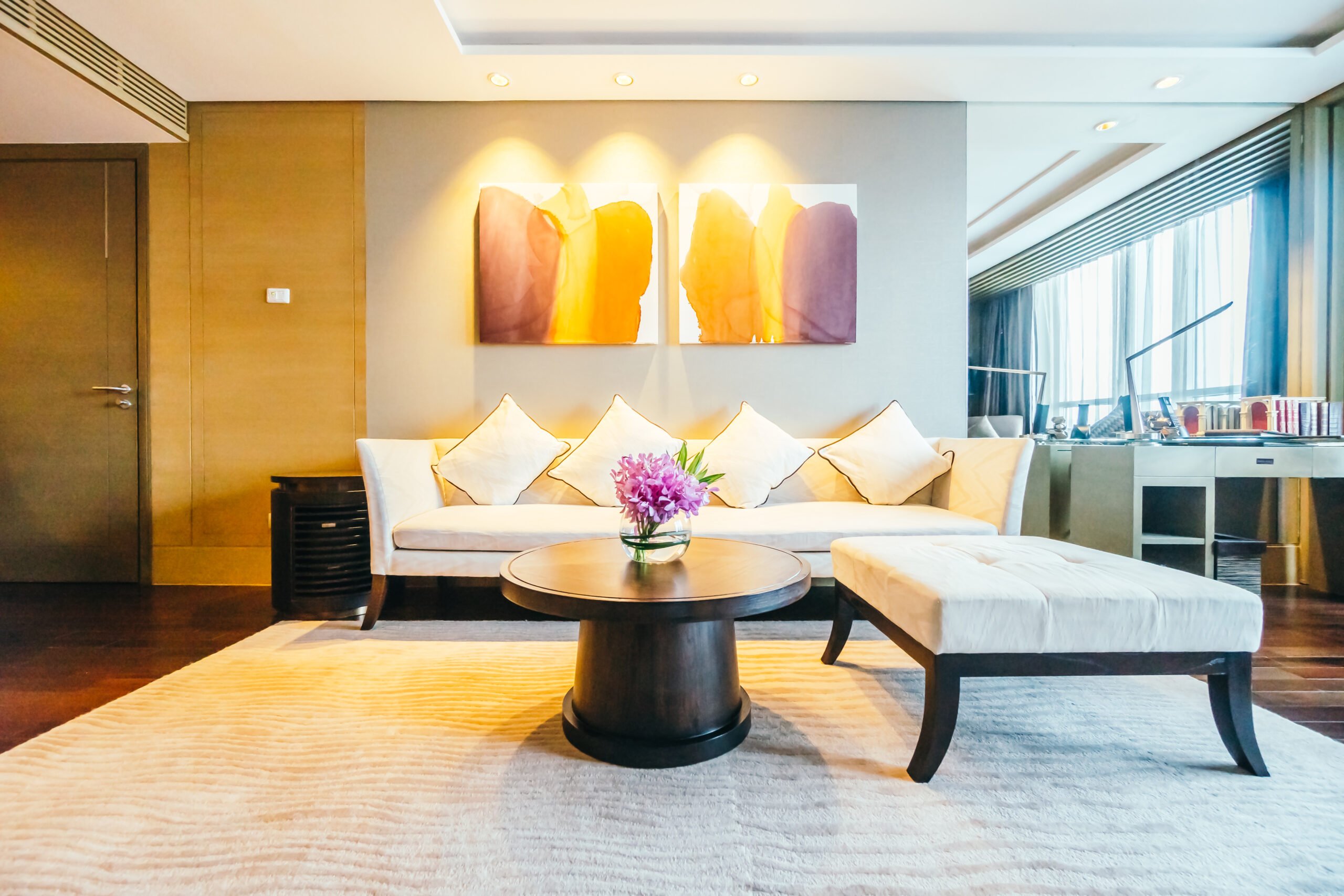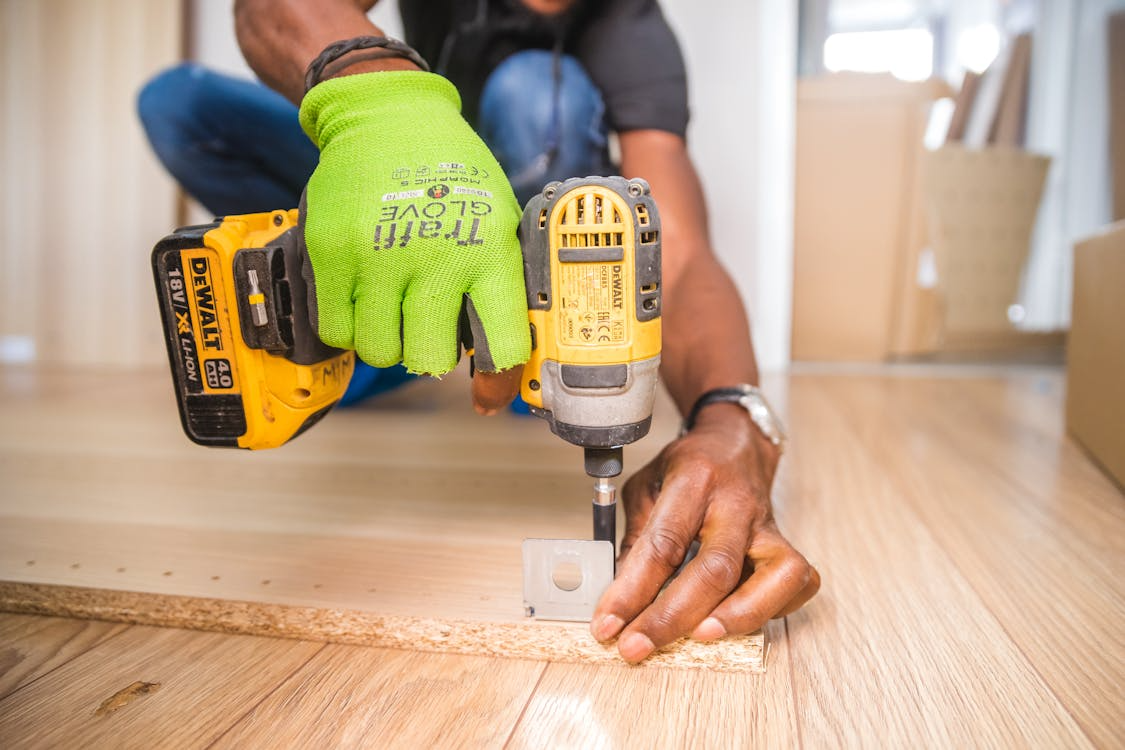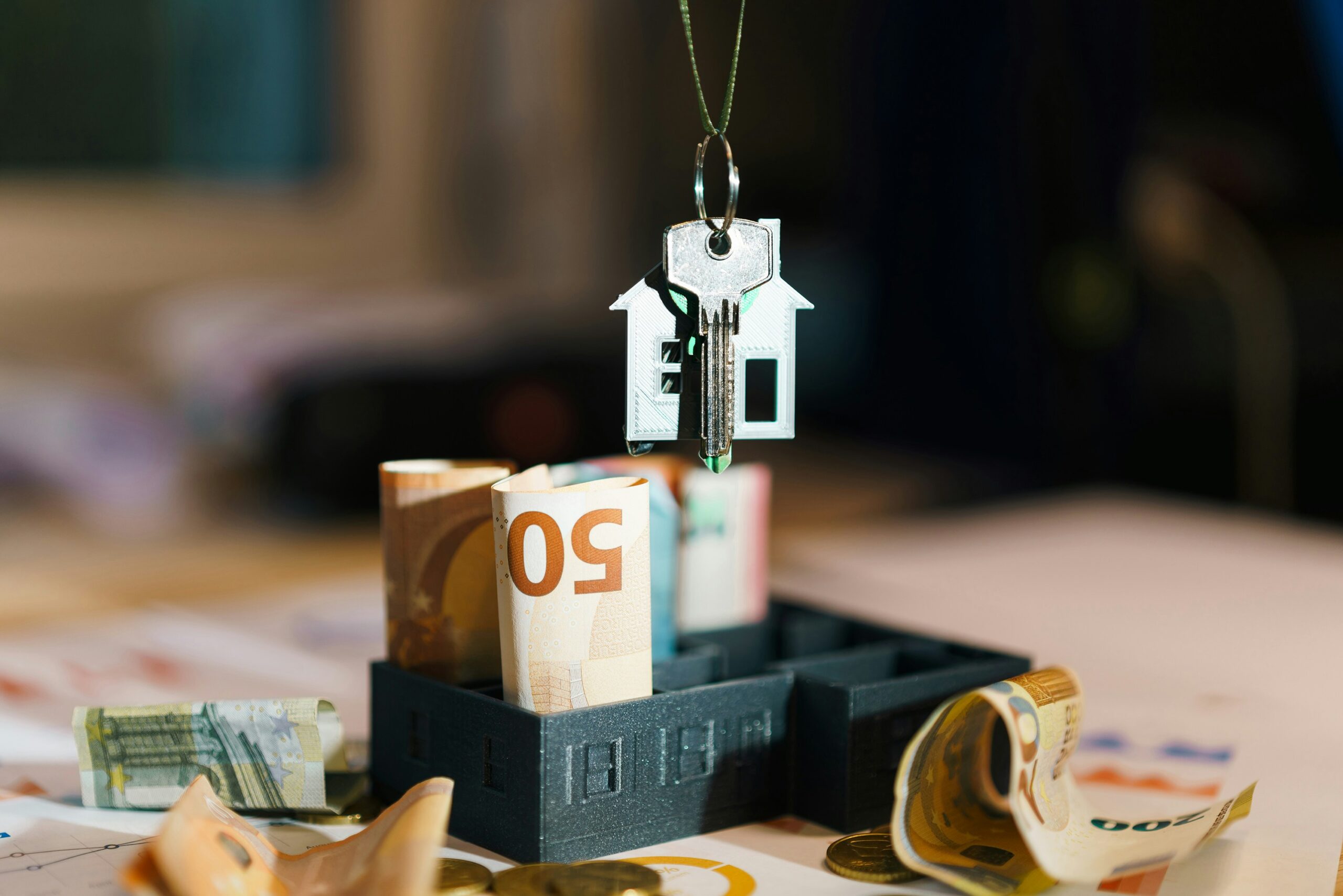People spend years dreaming of their perfect home. So, when the chance to design it finally arrives, it’ll likely be one of the most exciting and rewarding projects you’ll ever do! The possibilities are endless, from selecting the perfect layout to choosing materials, flooring and finishes that reflect your personal style, so planning is crucial.
But don’t worry – this journey is meant to be taken one step at a time. By making thoughtful decisions, you’ll ensure your home not only looks beautiful but also meets your practical needs. In this guide, we’ll explore everything you need to start designing your dream home, step by step. Let’s get into it!
Defining Your Unique Style
If you’re wondering where to start, a great place is defining your personal style. Whether you lean towards a modern, minimalist aesthetic or a cosy, traditional vibe, once you identify your style, you can use this as the foundation for all your design decisions.
During this stage, you might want to immerse yourself in design inspiration to help get ideas, whether using Pinterest or Instagram, browsing through home design magazines or visiting showrooms to see different styles in person. While doing this, it’s a good idea to create a mood board, where you can collect your favourite design elements, colours and materials. This will help you visualise your style for consistency throughout your home.
Of course, while staying true to your style is important, don’t forget to keep things practical too. When choosing your design preferences, consider your needs and lifestyle, ensuring they suit.

Choosing Materials and Finishes
Once you’ve nailed down your style, the next step is to choose materials and finishes that match both your aesthetic and practical needs. First up, your flooring. If you have a busy household, you might want to consider other durable options like luxury vinyl planks or hybrid flooring, which offer the look of wood with added durability.
Countertops are another important decision. Granite and quartz are both great options for their durability and style, with quartz being slightly more resistant to stains and scratches. When it comes to cabinetry, solid wood offers a classic look, while engineered wood products can be more budget-friendly – but still very attractive.
When selecting materials and finishes, it can be useful to think about things like long-term maintenance and how each choice will fit into your lifestyle. Opt for high-quality, durable options where it matters most, and don’t be afraid to mix materials for a more personalised look.
Plan Your Layout and Functionality
A good floor plan is the backbone of great home design, maximising space and enhancing the flow of your home, while also catering to your family’s specific needs.
Start by considering the main activities in your home. Do you love to entertain? An open-plan living area that connects the kitchen, dining and living spaces might be ideal. If privacy is important, you could consider incorporating separate rooms or quiet corners where family members can retreat.
During this stage, design software or room visualiser tools can be a huge help. You can play around with different layouts and get a sense of how your space will look before making any final decisions. Don’t forget to consider things like room orientation, natural light and how your layout will work with your furniture and decor.
Choose Your Colour Palette
More than just a collection of paint swatches, a colour palette is a key element that ties all your design choices together. When choosing your colour palette, it’s a good idea to start with a neutral base, such as whites, beiges or greys. Neutrals provide a versatile backdrop that allows room for other design elements to stand out while also making it easier to change the look of a room over time.
Next, consider adding some accent colours that complement your base. These splashes of colour can be introduced through wall paint, furniture or decor items. For example, in a bedroom, soft blues or greens can bring a sense of calm, while in a kitchen or living room, bold reds or yellows might add energy.
Remember that colours can impact the mood of your space, so consider the vibe you’re trying to create. Lighter shades can make a room feel more spacious, while darker tones can create a cosy, intimate atmosphere. Choose colours that make you feel good and reflect the mood you want to create in each space.
Add Personal Touches and Decor
Now that you have the fundamental elements in place, it’s time to add some personal touches. These are what truly set your space apart and make it uniquely yours.
Bring in items that mean something to you, like family photos, travel souvenirs or handmade pieces. These little touches tell your story and make your space feel genuinely yours.
When it comes to furniture and decor, don’t be shy about mixing things up – a blend of vintage finds and modern pieces can give your home a unique character that’s all your own. Even the most functional homes come alive with a bit of personality. Think about adding artwork that you love, quirky lighting that sets the mood or one-of-a-kind furniture that makes your home feel cosy and lived-in.
Bringing Your Dream Home to Life
At the end of the day, designing your dream home is a journey. There’ll inevitably be setbacks but ultimately it’s about creating a space that looks beautiful and works for your lifestyle. Take your time, enjoy the process and remember that through thoughtful choices, you can create a home that you’ll love for years to come!














